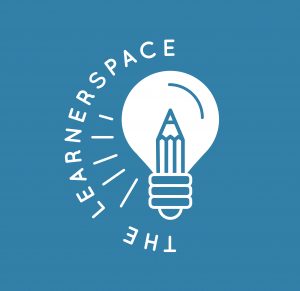Early Years Ideas and Suggestions
Activities and Routines:
- Welcome Circle Time: Begin the day with a welcoming circle time where children gather together, sing songs, do simple rhymes, and discuss the day’s activities. This establishes a routine and a sense of belonging.
- Name Games: Games like “Name Bingo” or “Pass the Name” help children remember names.
- Art and Craft: Activities such as finger painting, coloring, or collages encourage creativity and fine motor skill development.
- Playdough Play: This tactile activity lets children explore different shapes, colors, and textures.
- Story Time: Reading age-appropriate stories that are engaging and interactive is recommended. Props, puppets, or actions can be used to maintain their attention.
- Outdoor Exploration: Time spent outdoors lets children experience nature and engage in gross motor activities.
- Music and Movement: Sessions where children can dance, jump, clap, and use simple musical instruments.
- Sensory Play: Sensory bins with materials like rice, sand, water, or beans allow children to engage their senses.
- Puzzle and Manipulative Play: Toys like puzzles and building blocks help children develop problem-solving skills and hand-eye coordination.
- Dramatic Play: Pretend play areas with dress-up clothes, dolls, and play kitchen items.
- Group Games: Games like “Duck, Duck, Goose,” “Simon Says,” or “Ring Around the Rosie” encourage interaction.
- Nature Walks: Short walks around the school premises to observe and collect natural items.
- Snack Time: A designated time for children to enjoy a healthy snack together.
- Show and Tell: Children can bring a favorite item from home to share.
- Daily Routine Chart: A visual chart with pictures representing different activities throughout the day.
Skills and Content:
- Teachers can use the Dall-E tool to generate image prompts for creative writing activities. These activities can be differentiated based on students’ writing outcomes.
- UOI- My Body (Who we are): Children will draw parts of the body on their tablets using Scribble Diffusion and then upload it to Seesaw. For the first Unit of Inquiry (Our Family and Culture), students could draw a picture of themselves to work on self-awareness.
- Students draft a picture of themselves on their notebook first to develop their pencil grip and fine motor skills. After that, they will draw the final draft on Scribble Diffusion. When they see the AI-produced image, they will reflect on their drawing and then refine their initial draft by adding more details.

